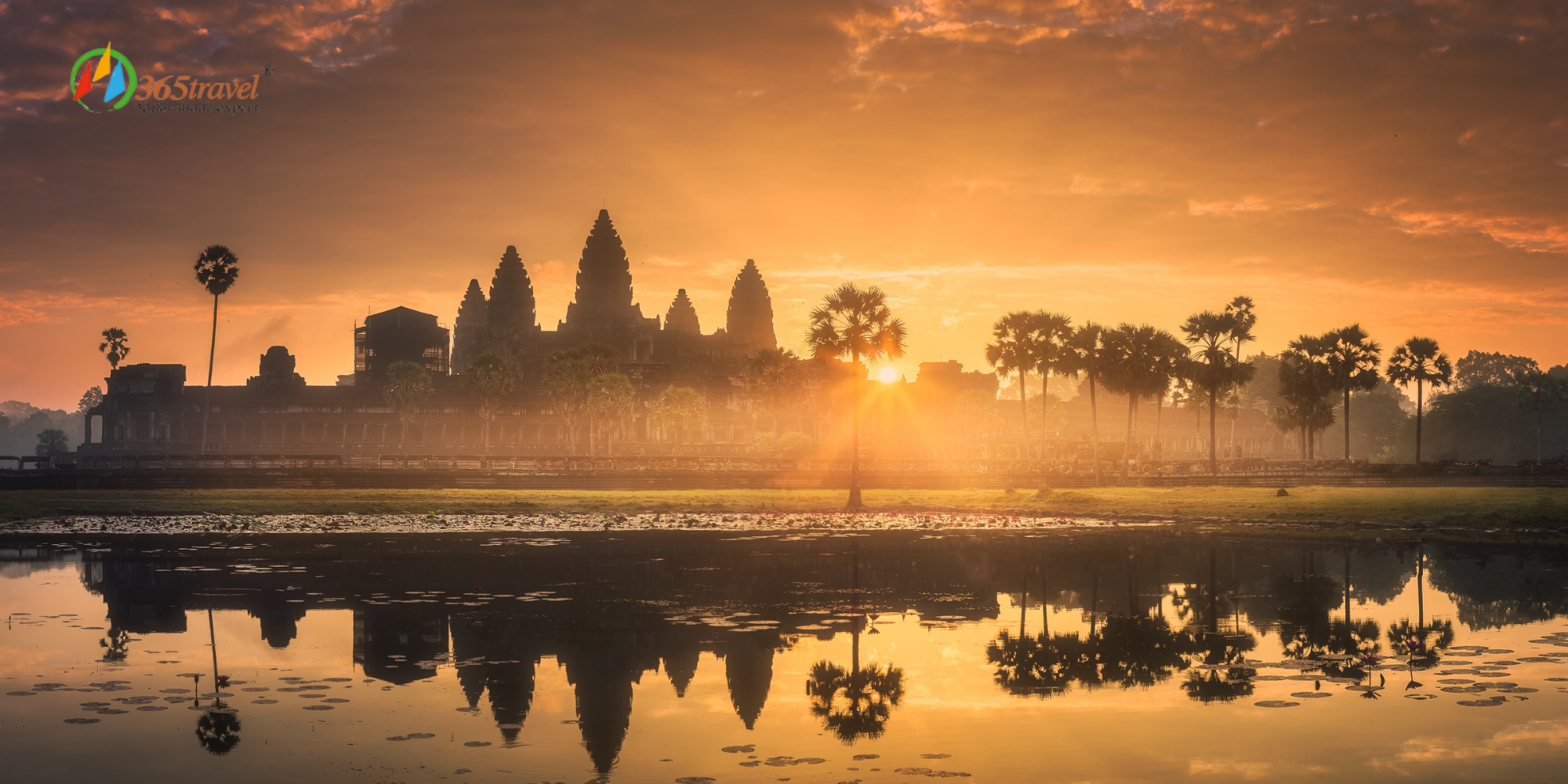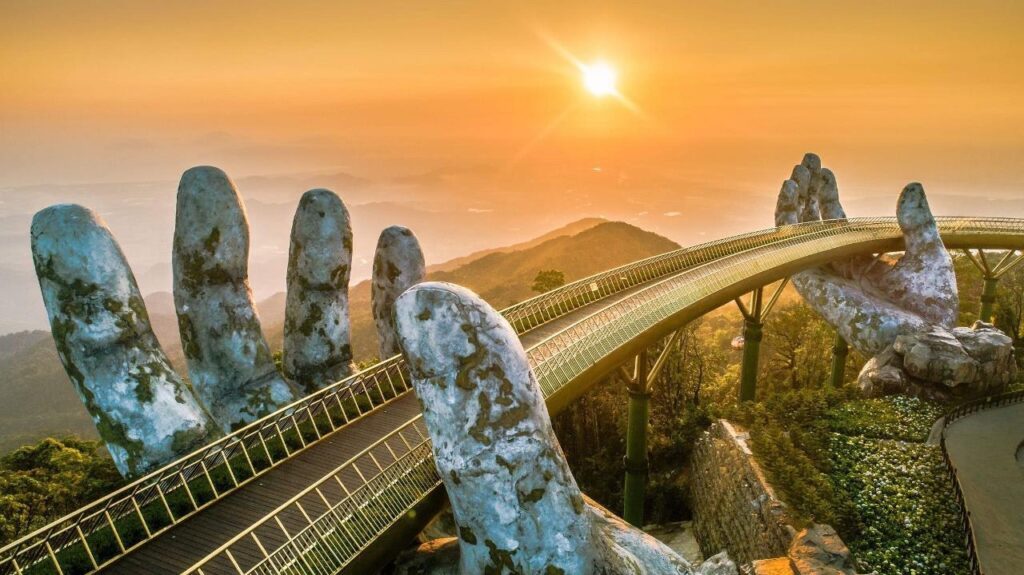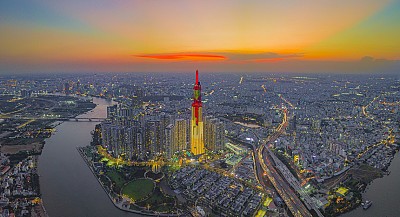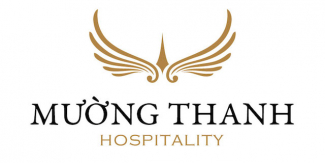I. Vietnam
In March, Vietnam is in full spring mode with temperatures between 20°C to 30°C. It’s an ideal time to explore the diverse landscapes and vibrant culture. Travelers worldwide choose Vietnam for its pleasant atmosphere during spring.
Hanoi
The first place you must add to your itinerary is Hanoi, which is in the north of Vietnam. Hanoi stands as the vibrant capital city of Vietnam, steeped in a rich tapestry of history and culture.
After the winter season, March in Hanoi is truly enchanting, as the city bursts into vibrant colors and fragrant scents. Pure pomelo blossoms fill the air, and crimson rice flowers add a touch of elegance. It’s a time when Hanoi adorns itself in a splendid and breathtakingly beautiful outfit.
From ancient pagodas to colonial landmarks, Hanoi’s streets bear witness to centuries of civilization and transformation. As the political, cultural, and economic heart of the nation, Hanoi exudes an aura of grandeur and significance, a worthy place to stand by.
Hanoi attracts visitors with iconic sites like Hoan Kiem Lake and the Ho Chi Minh Mausoleum, blending tradition with modernity. The Old Quarter’s bustling streets offer a glimpse into vibrant street life. March brings comfortable temperatures, ideal for enjoying various festivals.

Hanoi Old Quarter Street – Vietnam
This is when the Perfume Pagoda Festival happens. The Perfume Pagoda Festival occurs at the Perfume Pagoda complex, nestled in the Huong Tich Mountains southwest of Hanoi. This sacred site is revered for its natural beauty and spiritual significance. Vietnamese Buddhists celebrate the journey of Quan Am, the Goddess of Mercy, who blessed the land and its people. Pilgrims gather here to seek blessings for health, happiness, and prosperity.

Perfume Pagoda Festival – Vietnam.
This festival is an opportunity for international visitors to immerse themselves in Vietnam’s cultural heritage. Beyond its religious importance, it showcases traditional rituals, music, dance, and cuisine. Colorful processions wind through limestone landscapes, ancient pagodas host intricate carvings, and visitors can join pilgrims in prayers and offerings. The serene surroundings offer a peaceful escape from urban life, allowing travelers to appreciate Vietnamese spirituality and traditions, fostering cross-cultural understanding.
Sa Pa
Sa Pa, nestled in northern Vietnam’s majestic Hoang Lien Son mountain range, is renowned for its rich cultural heritage and diverse ethnic minority groups like the Hmong, Dao, Tay, and Giay. Centuries-old terraced rice fields and sustainable agriculture practices showcase the region’s deep-rooted history. Visitors can immerse in the unique cultures of these ethnic groups, witness traditional rituals, and explore ancient villages scattered throughout the mountainous landscape.
Sa Pa’s breathtaking natural beauty and iconic landmarks draw visitors worldwide. It serves as a gateway to Fansipan, Indochina’s highest peak, offering trekking opportunities with panoramic views of lush forests and valleys. The picturesque rice terraces in Muong Hoa Valley provide stunning backdrops for hiking and photography, while cascading waterfalls, serene rivers, and dense bamboo forests offer tranquil settings for relaxation and exploration.
Ha Long Bay
Ha Long Bay, nestled in northern Vietnam’s Quang Ninh Province, is a UNESCO World Heritage Site renowned for its stunning natural beauty. Characterized by emerald waters, towering limestone pillars, and lush green islands, it offers a surreal landscape sculpted over millions of years. Visitors can cruise through the bay on traditional junk boats, explore hidden caves, and enjoy activities like swimming, kayaking, and hiking. Iconic landmarks such as Ti Top Island and Sung Sot Cave offer panoramic views and opportunities to immerse in local culture at floating fishing villages.

Ha Long Bay – Vietnam
Hoi An
Hoi An, a UNESCO World Heritage site in central Vietnam, boasts a rich history as a bustling trading port from the 15th to the 19th centuries. Influenced by Chinese, Japanese, and French cultures, its well-preserved architecture includes the iconic Japanese Covered Bridge and lantern-lit streets.
Visitors are drawn year-round to Hoi An’s charming landmarks and scenic beauty. The Hoi An Ancient Town offers historic alleyways, traditional crafts, and picturesque beaches like An Bang and Cua Dai. Additionally, ecotourism activities abound in the lush countryside and nearby islands, while the coastline provides opportunities for swimming, snorkeling, and sunset views over the East Sea.

Hoi An – Vietnam.
Phu Quoc
Phu Quoc Island, located off the southwestern coast of Vietnam, boasts some of the most stunning beaches in the country. March is considered one of the best times to visit Phu Quoc, especially for beach lovers. With its crystal-clear waters and powdery white sands, Phu Quoc’s beaches offer a perfect escape for relaxation and recreation.
Come to Phu Quoc, visitors can indulge in various water activities such as swimming, snorkeling, and kayaking. The warm weather and calm seas in March create ideal conditions for exploring the island’s underwater world, with vibrant coral reefs and diverse marine life waiting to be discovered.
Recently, Phu Quoc promulgated the Code of Civilized Conduct for Tourism, which we believe to enhance Phu Quoc travel experience quality for visitors.
II. Thailand
As temperatures rise in Thailand, it becomes an attractive destination for beach lovers seeking warmth after the cold winter. With the increasing heat, Thailand’s beautiful beaches start to draw crowds of tourists and host a variety of vibrant festivals.
Bangkok
Bangkok, the capital city of Thailand, is a bustling metropolis known for its ornate temples, vibrant street life and markets. From the majestic Grand Palace to the serene Wat Arun, Bangkok offers a fascinating blend of ancient traditions and modern attractions.

Bangkok – Thailand
Chiang Mai
Chiang Mai can be the second place that travelers should concern when coming to Thailand, with mild temperatures and clear skies perfect for outdoor activities and sightseeing.

Chiang Mai – Thailand.
Phuket
For those who want to have a beach vacation, Phuket is the ideal one. Phuket, Thailand’s largest island, is famous for its pristine beaches, crystal-clear waters, and vibrant nightlife. Warm temperatures and calm seas in Phuket are ideal for swimming, snorkeling, and sunbathing.

Phuket – Thailand.
III. Cambodia
In March, Cambodia welcomes travelers with its warm weather and fascinating attractions. Cambodia, a country in Southeast Asia, is famous for its ancient temples and rich culture. The most well-known symbol of Cambodia is Angkor Wat, a stunning temple complex surrounded by lush forests.
Siem Reap
One of the must-visit destinations in Cambodia is Siem Reap, renowned for its spectacular temples, including the iconic Angkor Wat. This UNESCO World Heritage Site attracts visitors from around the world with its awe-inspiring architecture and rich history. Exploring the ancient ruins of Angkor Thom and Ta Prohm allows travelers to immerse themselves in Cambodia’s cultural heritage. Additionally, Siem Reap’s bustling markets, vibrant nightlife, and delicious street food offer a taste of local life.

Angkor Wat – Cambodia
Phnom Penh
As the capital city of Cambodia, Phnom Penh offers a blend of history, culture, and modernity. Visitors can delve into the country’s tragic past at the Tuol Sleng Genocide Museum and the Killing Fields, gaining insights into Cambodia’s recent history under the Khmer Rouge regime. The Royal Palace and Silver Pagoda showcase Cambodia’s architectural splendor and royal heritage. Moreover, Phnom Penh’s riverside promenade, lively markets, and burgeoning arts scene provide ample opportunities for exploration and relaxation.

Phnom Penh – Cambodia

















